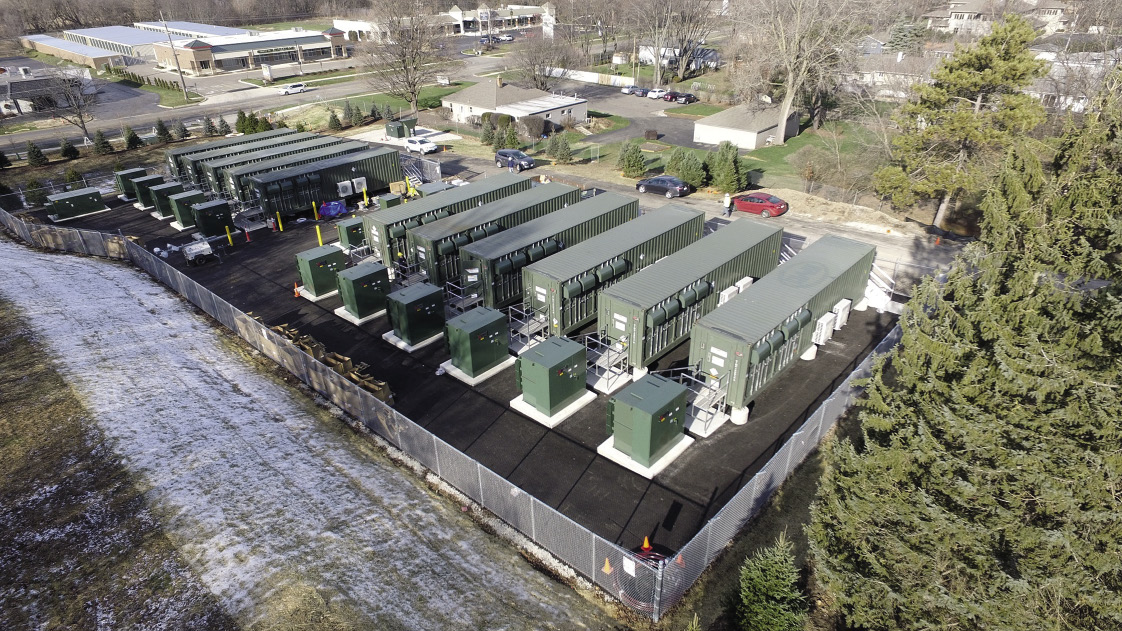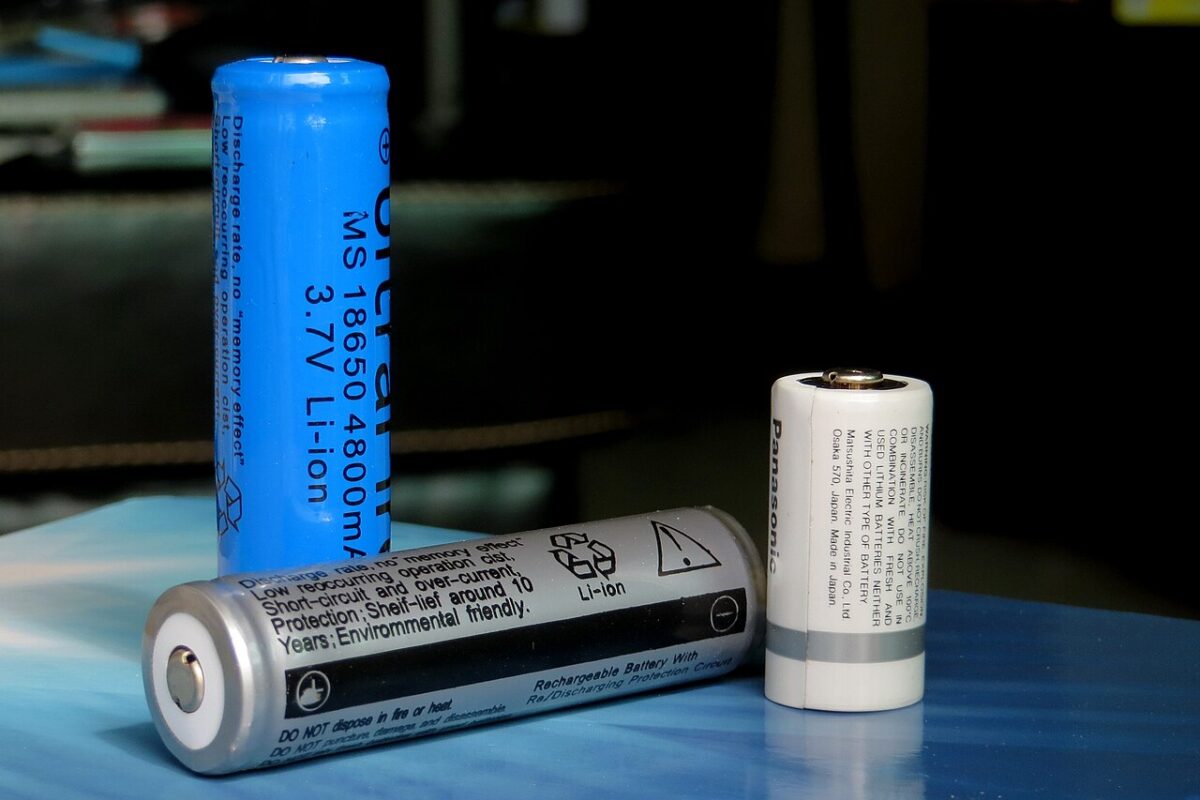New research from Cornwall Insight Australia (CIA) projects that Australia has approximately 7 GW of battery storage projects in the pipeline. Most of that 7 GW remains in the proposal phase, but CIA sees more than 900 MW of battery energy storage at a stage of commitment or progress that will see delivery by 2024.
Australia is a hotbed for energy storage innovation and investment. And according to the Clean Energy Regulator’s (CER) latest modeling, rooftop solar capacity is rising at an exponential rate. CIA Principal Consultant Ben Cerini said that the projects highlight the strong pipeline of energy storage across the NEM.
“Despite the challenging economics and the continually developing value streams, which can be volatile,” he said. “But as we have seen, those that move quickly will be rewarded and be in the best possible position to take advantage of new revenue streams when (not if) they arrive.”
Of course, South Australia’s Tesla Big Battery, Neoen’s Hornsdale Power Reserve, has been wildly successful for both the state and the French renewables giant. And Neoen has already completed a 50% expansion of the project. Its success has encouraged Neoen to propose more large-scale energy storage installations, including the massive Goyder South Project – 1,200 MW of wind, 600 MW of solar, and 900 MW of battery storage.
The success of the Hornsdale Power Reserve has not been overlooked by other states. The Australian Capital Territory (ACT) government, for example, has promised 250 MW of batteries. Meanwhile, New South Wales and Victoria have expanded their rivalry to the energy storage zone. Both of Australia’s most populous states are pursuing multiple big battery projects, including the Wallgrove Grid Battery project in New South Wales, and Victoria’s 300 MW/450 MWh Victoria Big Battery, which will be constructed on the outskirts of Geelong.
“Given the size of the storage pipeline and the recent commitment to delivery the largest battery in Australia at 300 MW, do we already need to re-evaluate the amount of storage projected to be built in the NEM?” asked Cerini. “To be fair, the battery storage forecast by the (Australian Energy Market Operator) takes into consideration the reliability of the grid (i.e., the reduction of unserved energy). Therefore, it doesn’t consider the ability of system services contracts to be able to underpin investment in battery storage that allows batteries to then compete in energy and ancillary service markets.”
For the full story, please visit our pv magazine Australia website.
This content is protected by copyright and may not be reused. If you want to cooperate with us and would like to reuse some of our content, please contact: editors@pv-magazine.com.




Is not MWh correct measurement of capacity
1 megawatt-hour (MWh) = 1 MW for one hour or 1,000 kW for one hour or 0.25 MWh for four hours, etc.
If measuring generation capacity, sure MW
Andrew Grey, you have a good point. Both power and energy are pertinent, as for the spec for the Victoria Big Battery, 300MW/450MWh, implying a full charge or discharge at 300MW would take 1.5 hours. Whether all the other figures really are power ratings, or misnamed energy ratings, perhaps the author could clarify.